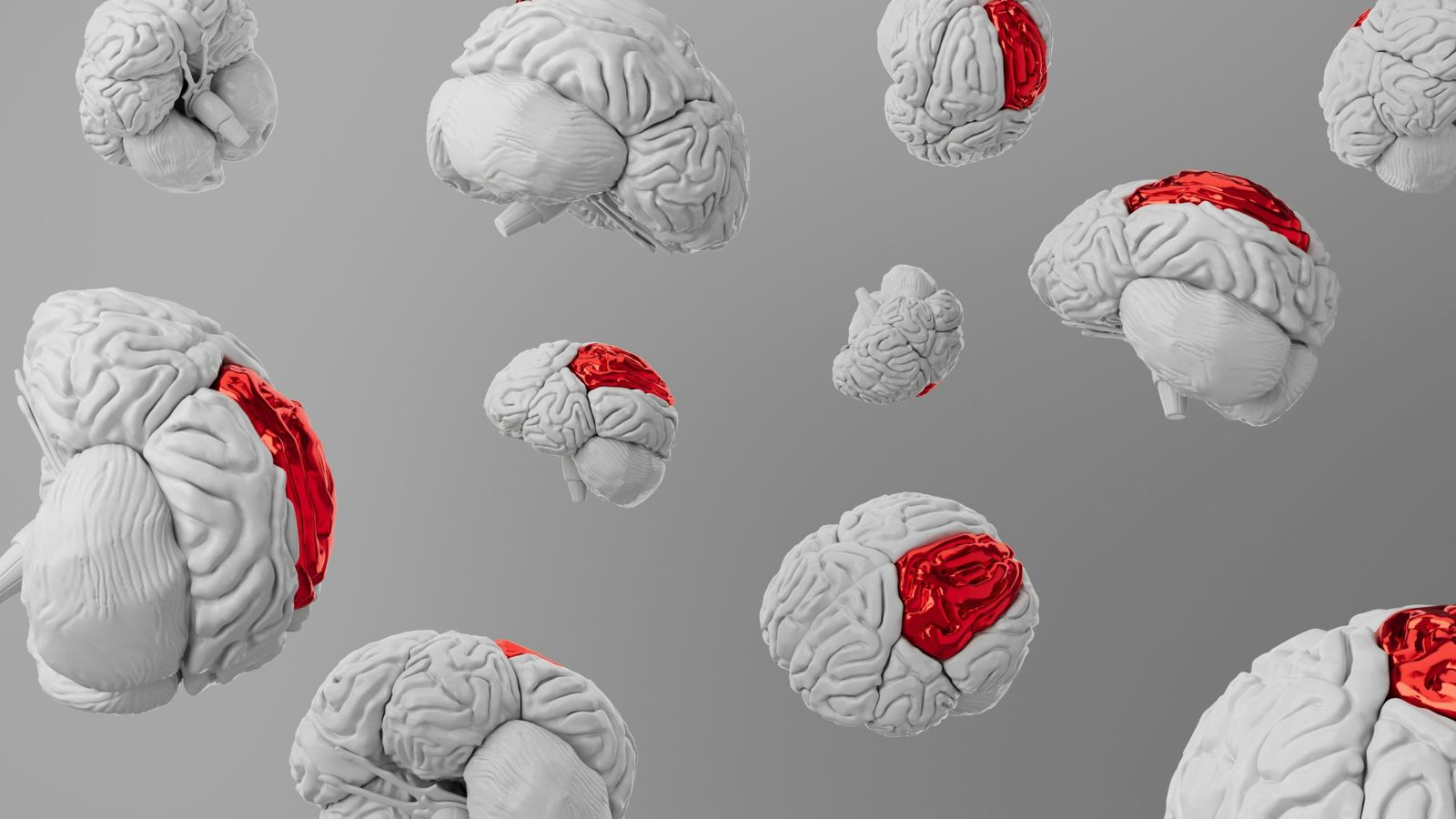Reverse Engineered, Globally Deployed: India’s Healthcare GCCs Disrupt MedTech
Global healthcare innovation pipelines are seeing a directional shift. Traditionally dominated by high-income countries, new ideas in diagnostics, delivery and device design are increasingly emerging from India, led not by startups alone, but by the growing healthcare Global Capability Centers (GCCs) of multinational firms.
Recent data from Zinnov and AMCHAM India indicates a sharp uptick in healthcare GCC mandates shifting toward core R&D, AI-driven diagnostics, and cost-efficient clinical technologies. At the center of this activity is a phenomenon gaining renewed industry attention: reverse innovation, a term first introduced by academics Vijay Govindarajan and Chris Trimble to describe ideas born in emerging economies that find later adoption in developed markets.
India’s healthcare GCCs, driven by a blend of engineering depth, frugal design constraints, and clinical exposure, are becoming an operational nucleus for such innovations.
R&D Investment Concentrates in Indian Hubs
In March 2025, U.S.-based Reveleer opened a new GCC in Chennai to develop AI-powered platforms that support Medicare Advantage compliance for American health systems. In Hyderabad, Eli Lilly expanded its India footprint with a second technology hub focused on cloud engineering and automation. Siemens Healthineers, which already co-develops global imaging devices in Bengaluru, has invested €160 million expansion for deeper product integration.
According to Zinnov estimates, India is now home to over 1,600 GCCs, with projections crossing 2,200 by 2030. More than 15% of the current GCC workforce is in healthcare and life sciences, with Bengaluru, Hyderabad, and Chennai accounting for the majority of new expansion.
India produces over 2.3 million STEM graduates annually. Combined with a highly cost-effective operating base and a robust pharma ecosystem – Hyderabad alone accounts for 40% of national pharmaceutical production – India has become a preferred zone for end-to-end healthcare innovation.
Reverse Innovation Examples with Global Reach
Several solutions built for Indian healthcare conditions have crossed over to Western markets. For instance, GE’s MAC 400, a US$500 portable ECG machine created for clinics in rural India. Its battery-powered, lightweight design has since been adopted by first responders in the U.S. for emergency cardiac monitoring.
The Leveraged Freedom Chair is another example. Initially manufactured in India for around US$250, this wheelchair offered 80% faster mobility and was later adapted into the GRIT Freedom Chair, now retailing in the U.S. for US$3,295 less than similar Western designs.
Brilliance by D-Rev, a phototherapy device designed to treat neonatal jaundice using LED lights instead of expensive, short-lived bulbs, also stands out. Its rugged, energy-efficient design has treated thousands of infants and is now in use beyond South Asia.
While not all of these innovations originated within formal GCC structures, the operational mindset–low-cost, high-impact problem-solving under real-world constraints – is now deeply embedded within healthcare GCCs operating in India.
From Execution to Origination
Healthcare GCCs in India are evolving from task execution units to upstream innovation centers. Novartis’ Hyderabad R&D site employs over 350 scientists working on new chemical entities in oncology, neurology, and immunology. Pfizer’s Chennai facility contributes to small molecule research. Abbott’s India operations support global pharmaceutical and device portfolios spanning over 400 brands.
According to the Zinnov-AMCHAM report, AI and machine learning deployment among healthcare GCCs rose from 65% in 2019 to 86% in 2025. These capabilities are now applied to areas such as medical imaging, predictive treatment algorithms, revenue cycle automation, and fraud detection.
Eli Lilly’s GCCs in Bengaluru and Hyderabad, for example, handle integrated data, analytics and automation workloads that directly feed into the company’s global R&D programs.
Indian Conditions Enable Global Solutions
What sets these centers apart is the environment in which they operate. India’s healthcare challenges – vast rural populations, limited access to specialists, infrastructure gaps; have long forced innovation that is cost-sensitive, modular, and scalable.
This has created a feedback loop: GCCs design solutions for India that then prove viable globally due to their affordability and agility. As a result, India is not merely localising Western products, it is producing prototypes that can leapfrog into advanced health systems.
According to The Lancet Global Health, adoption challenges remain, including clinical validation and regulatory harmonisation. But the directional momentum of innovation from India outward is already visible.
States such as Telangana and Tamil Nadu are emerging as high-performing GCC destinations due to supportive industrial policies and low attrition rates. Hyderabad now hosts 11% of the national GCC footprint. Chennai, traditionally a business process management (BPM) hub, has become a talent base for revenue cycle management, analytics, and healthcare operations.
India’s healthcare market, valued at US$110 billion in 2016, is projected to grow to US$638 billion by 2025. GCCs with embedded tech and research capabilities, are expected to account for a growing share of global healthtech development in the next five years.
As healthcare systems worldwide look to balance cost, scale, and quality, the next generation of global products may increasingly originate not in high-tech labs in the West, but from R&D centers tucked inside India’s GCC corridors — a trend we explored in more depth in this earlier article.


















